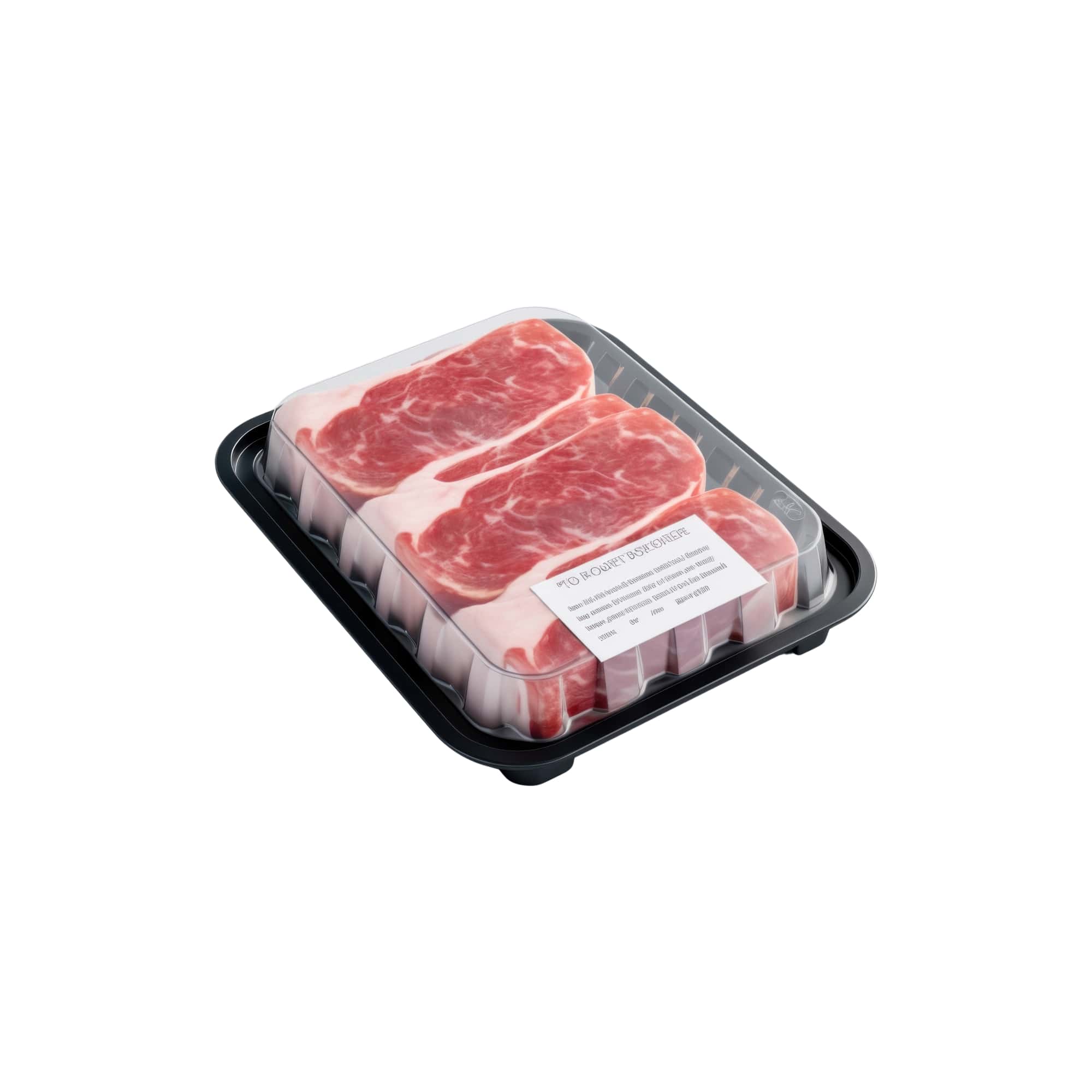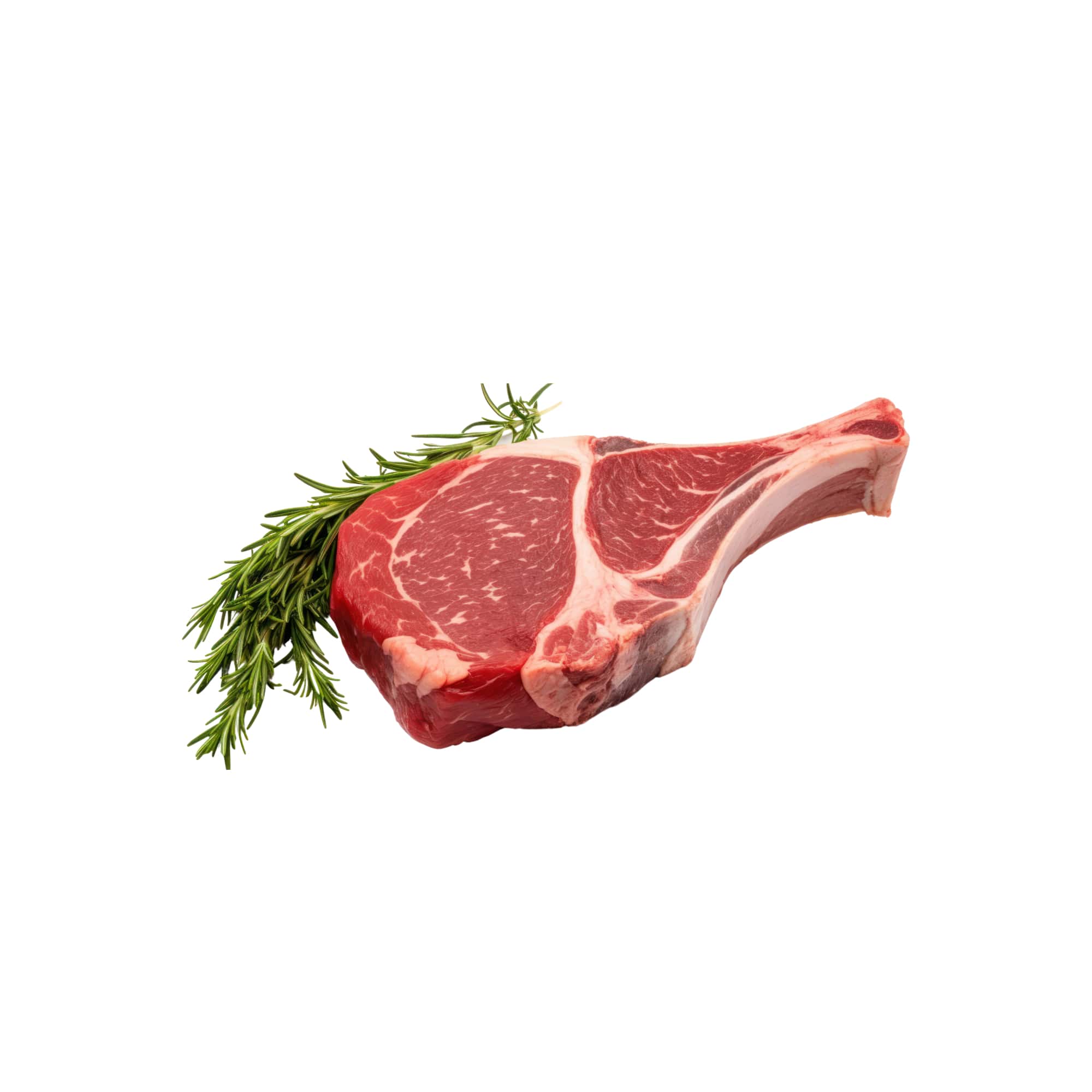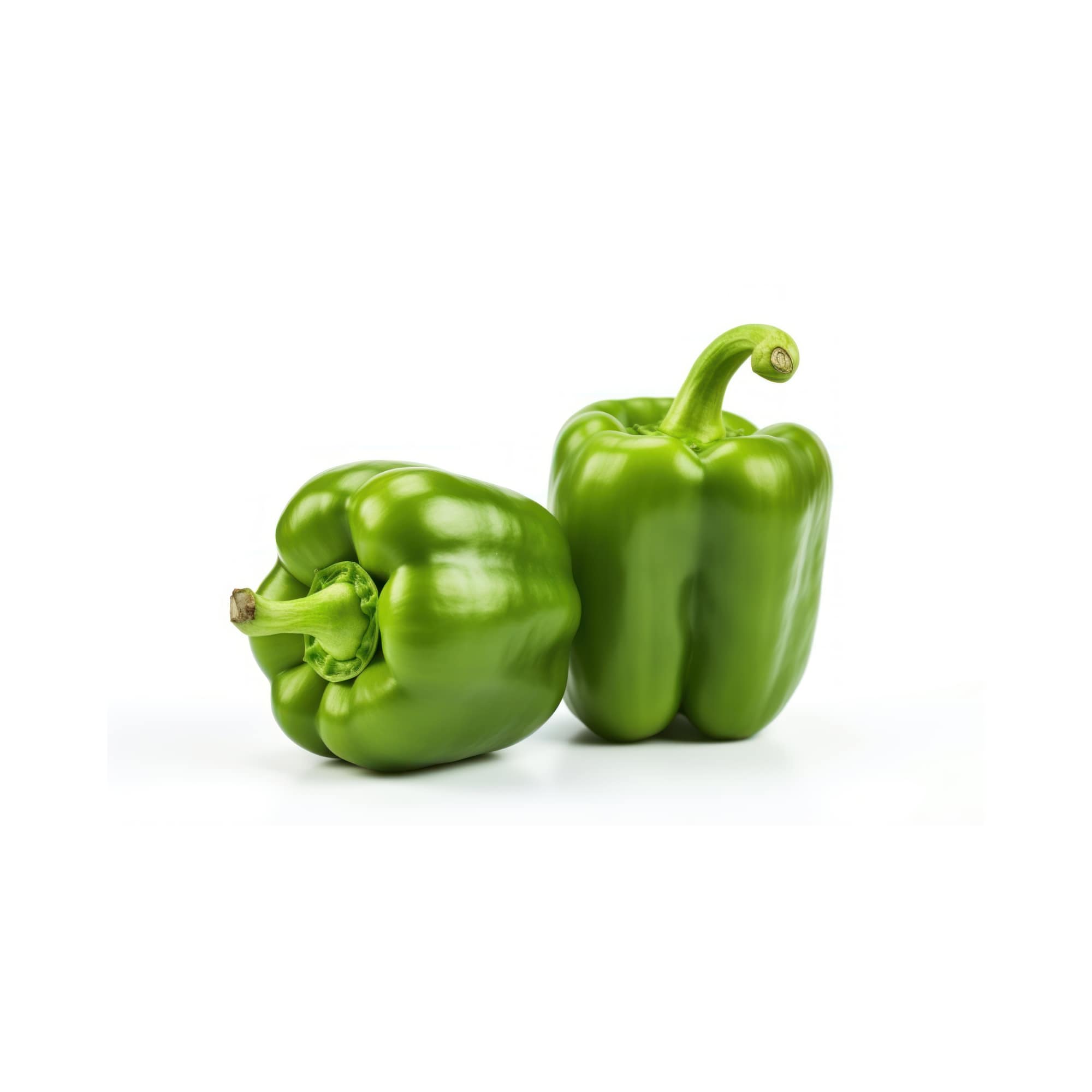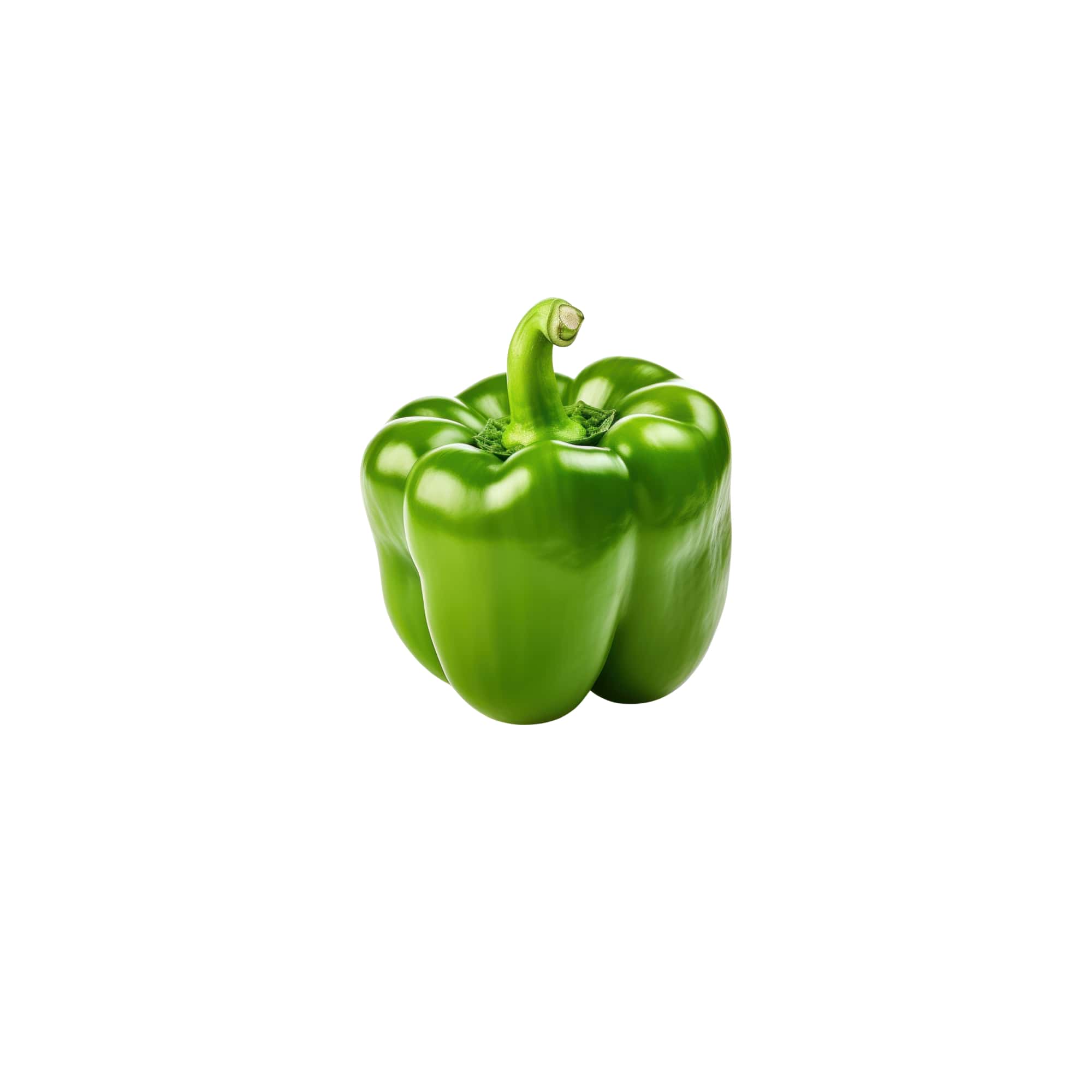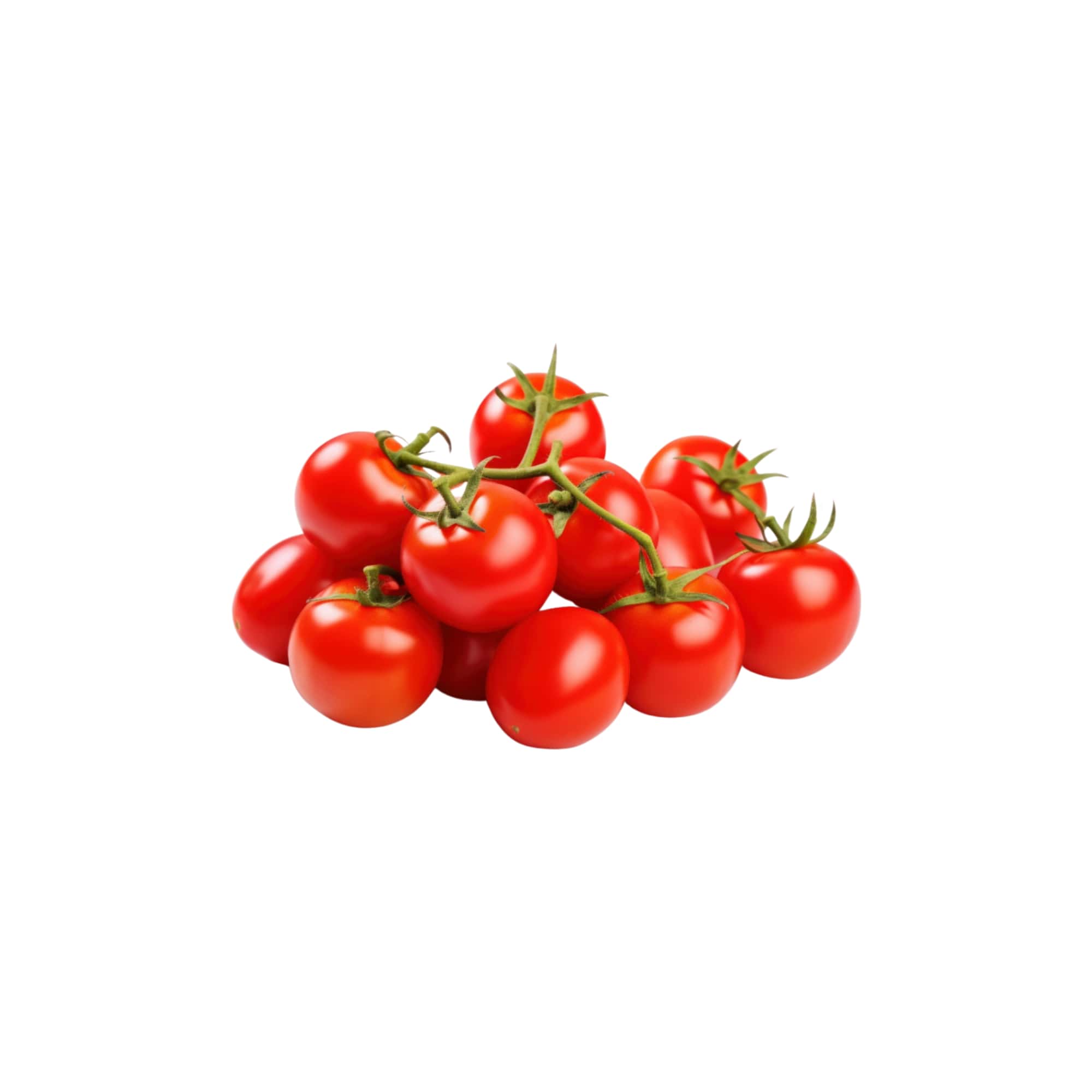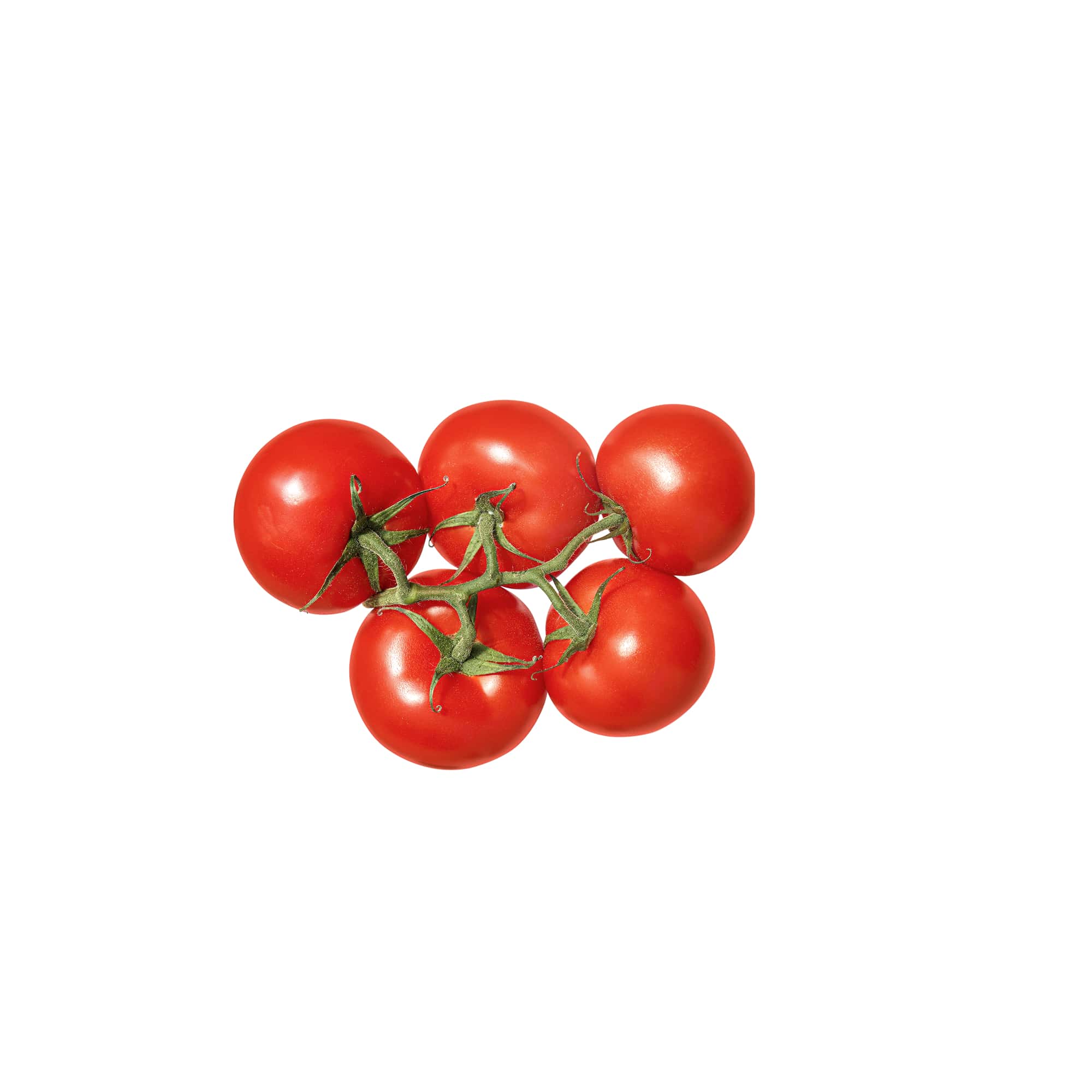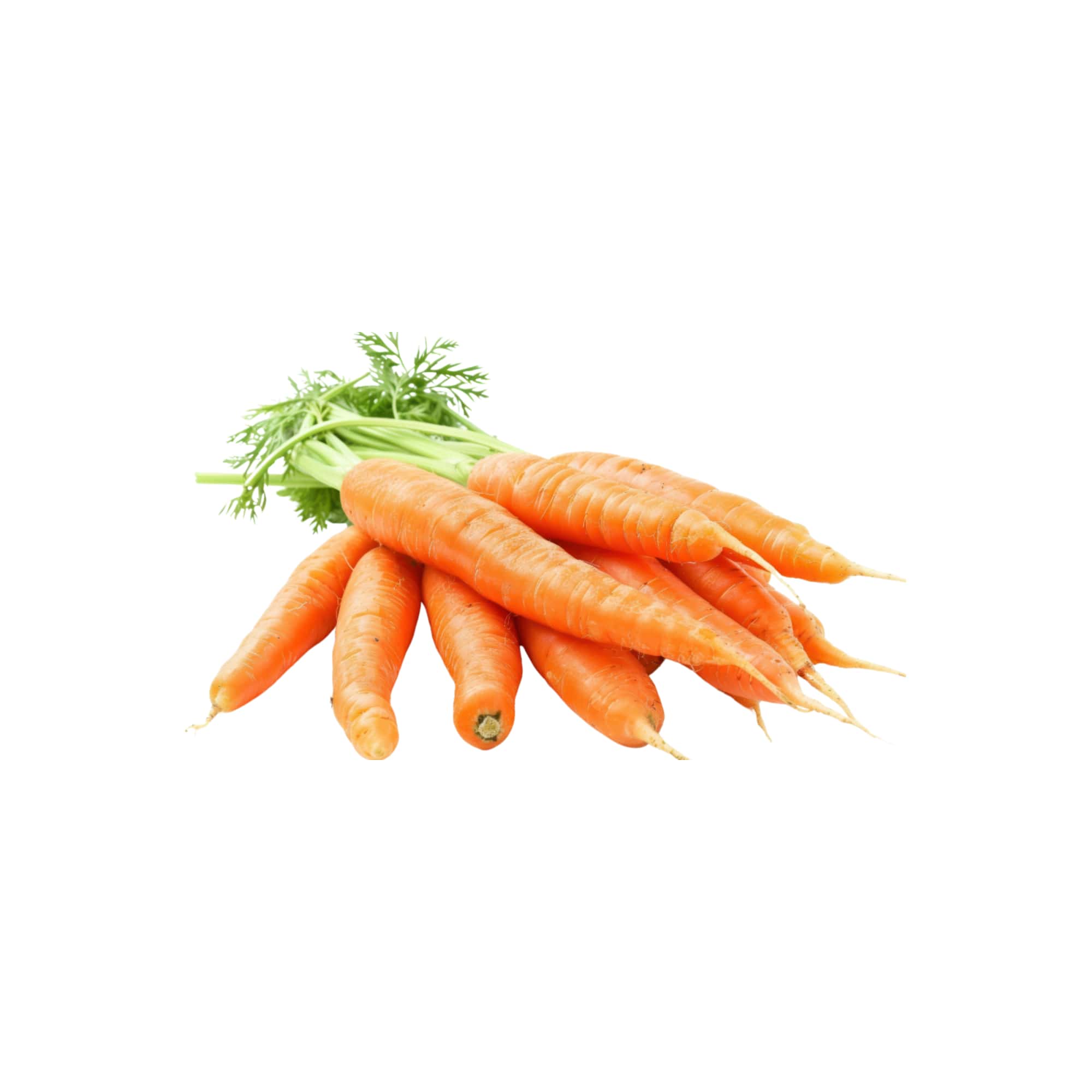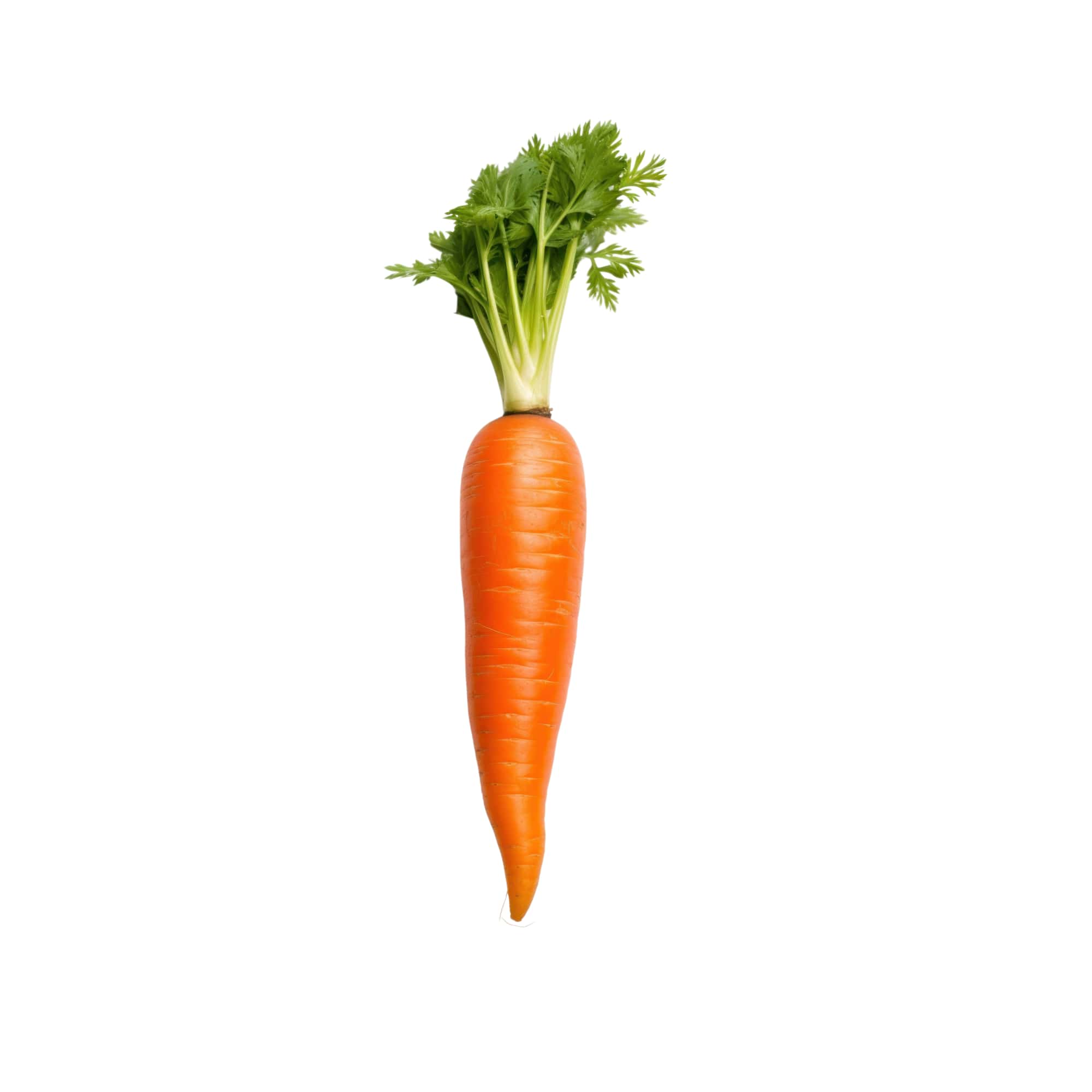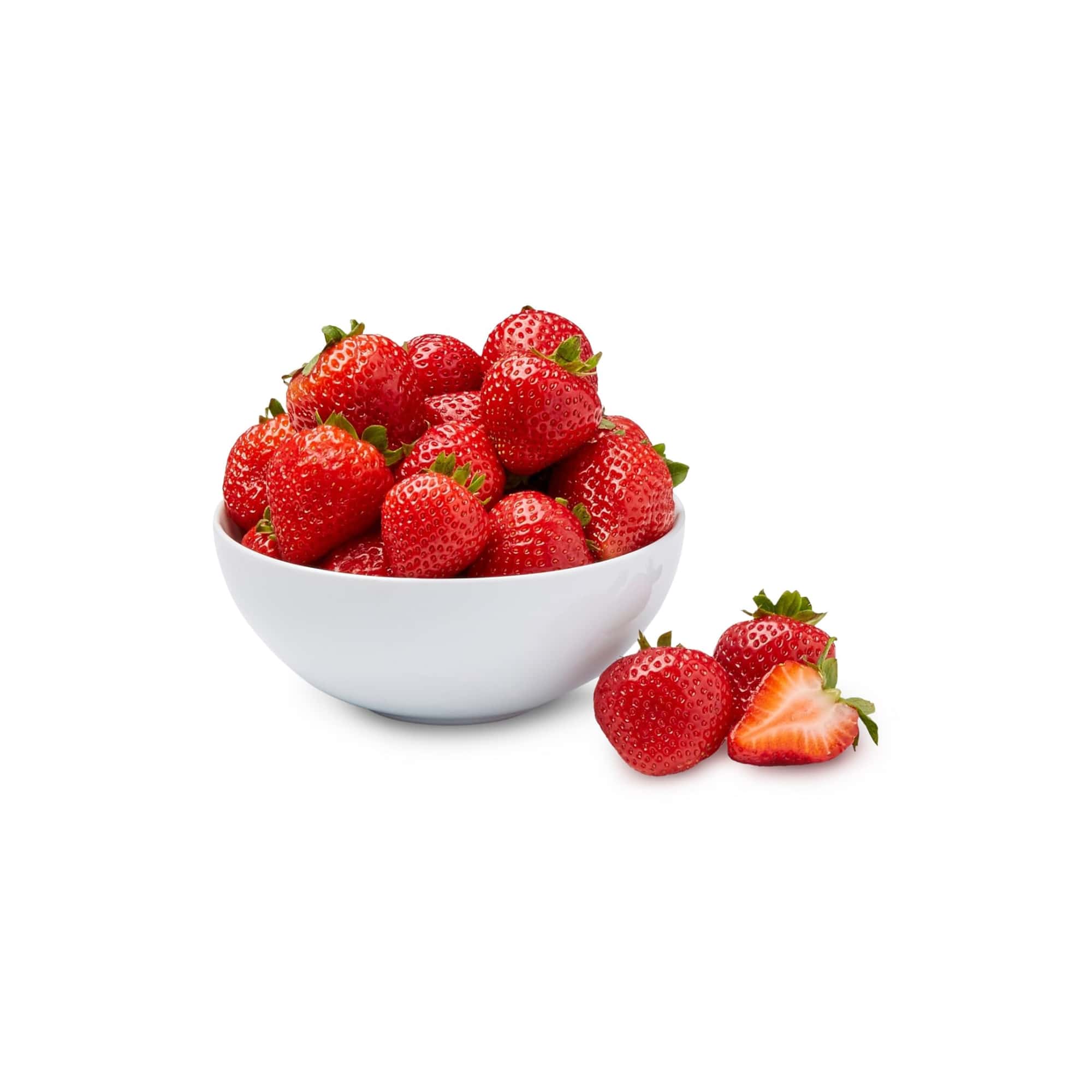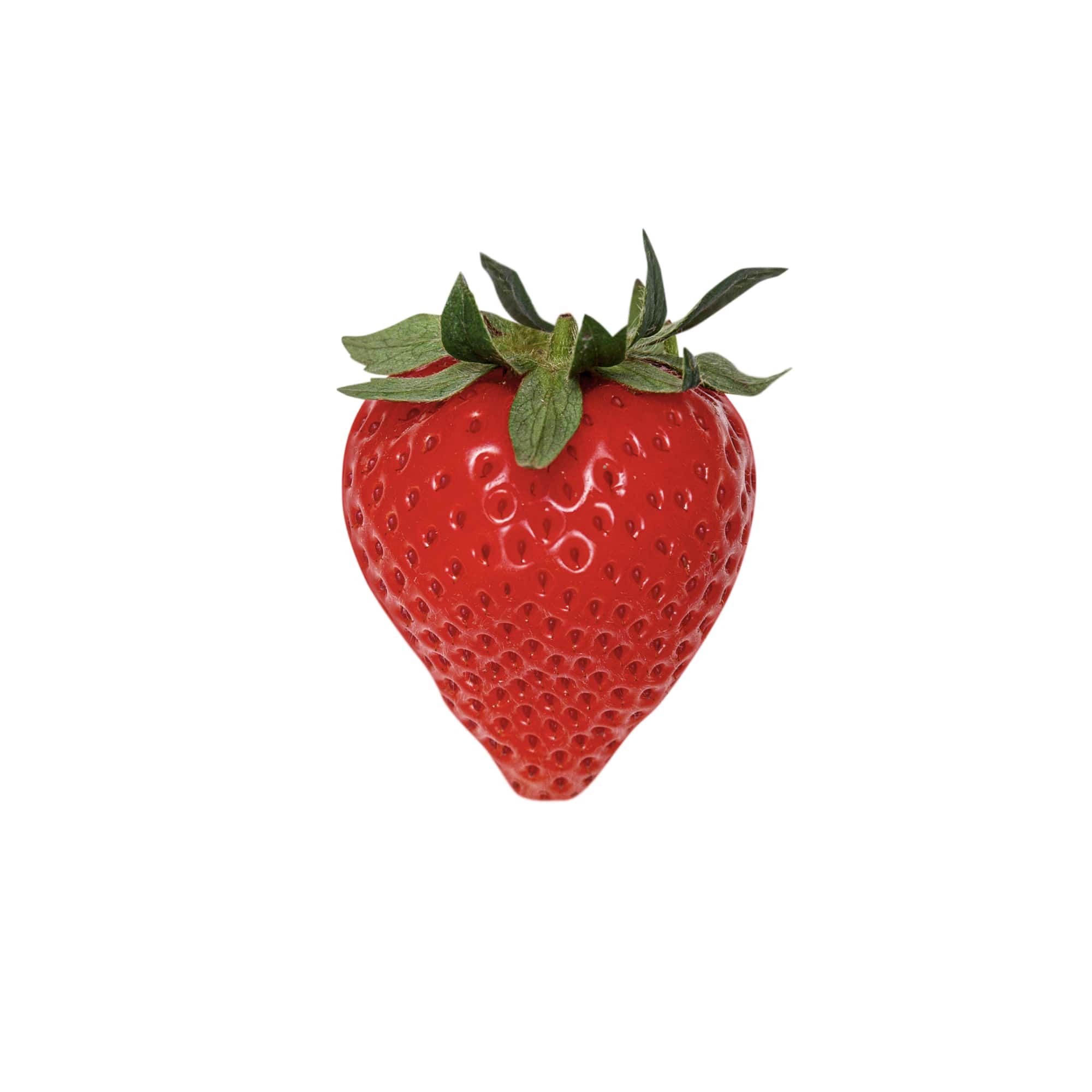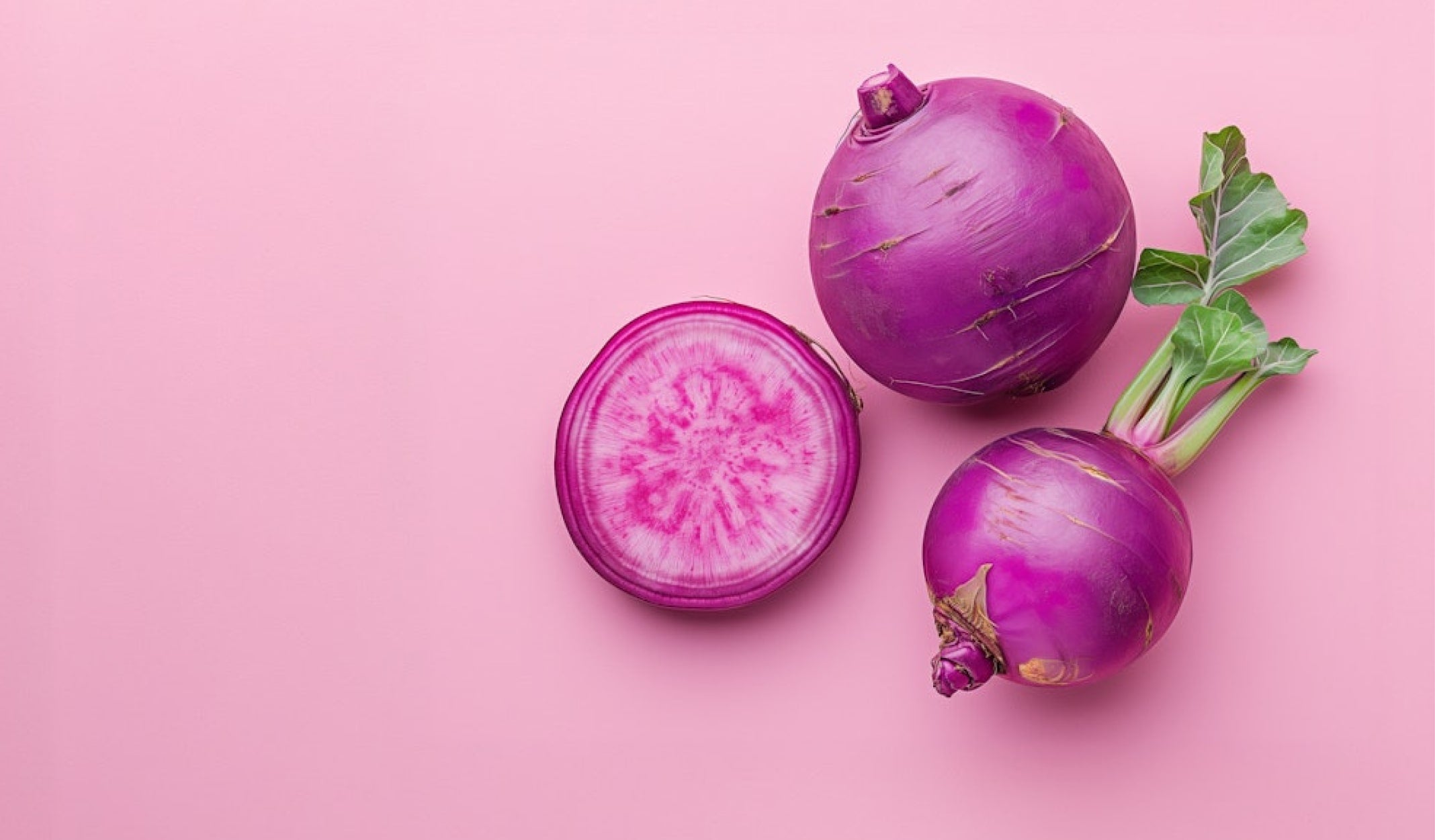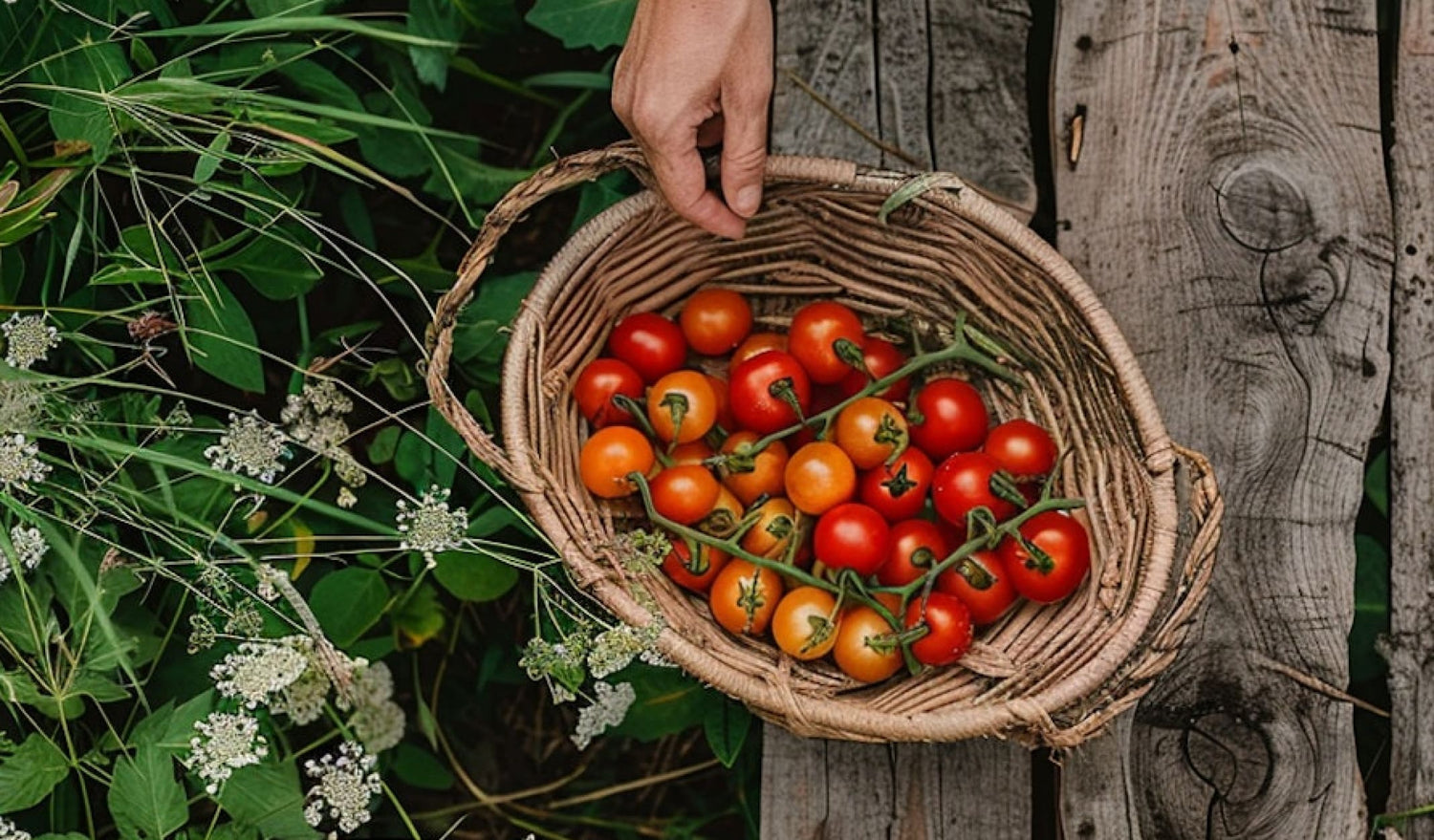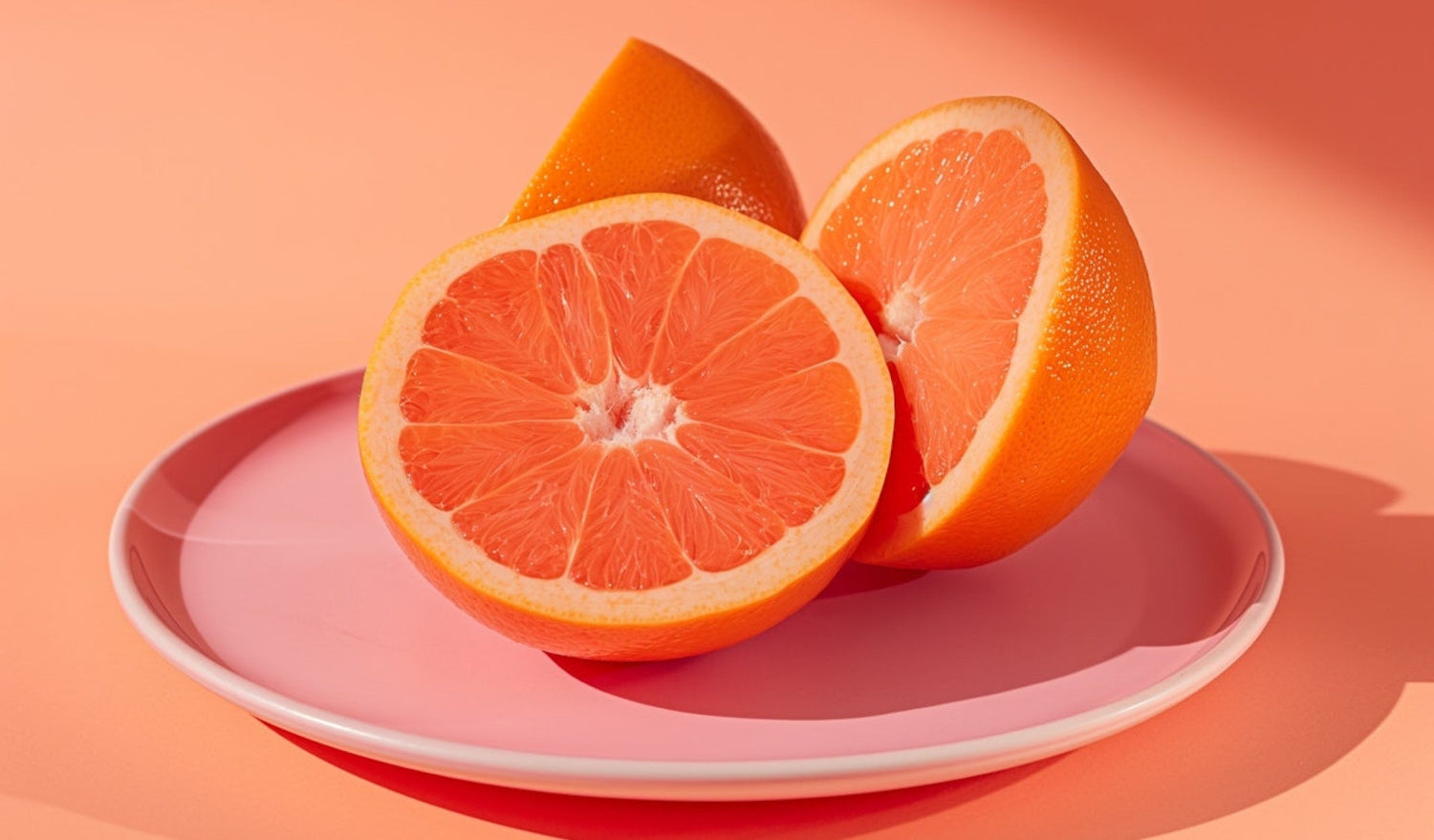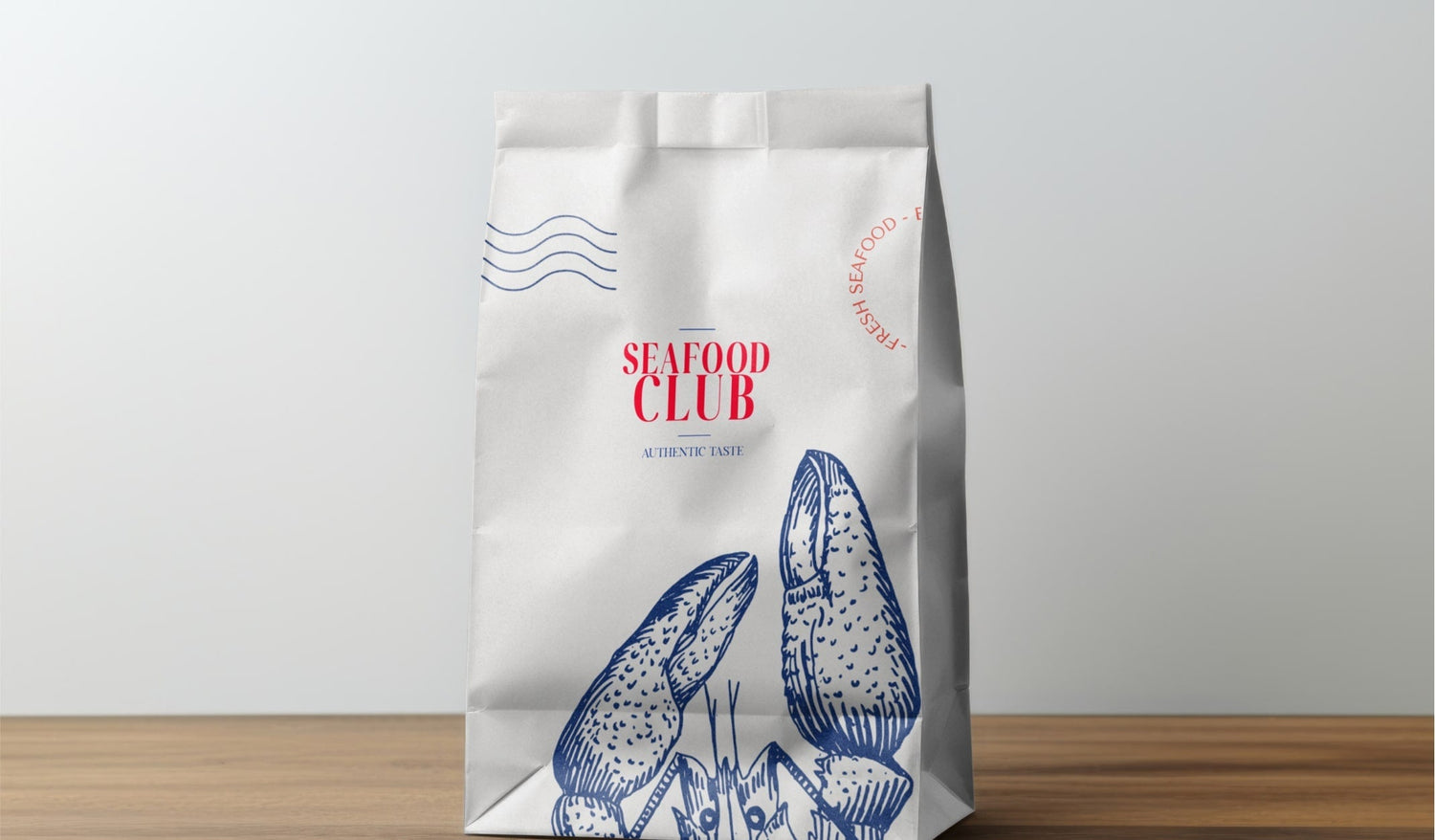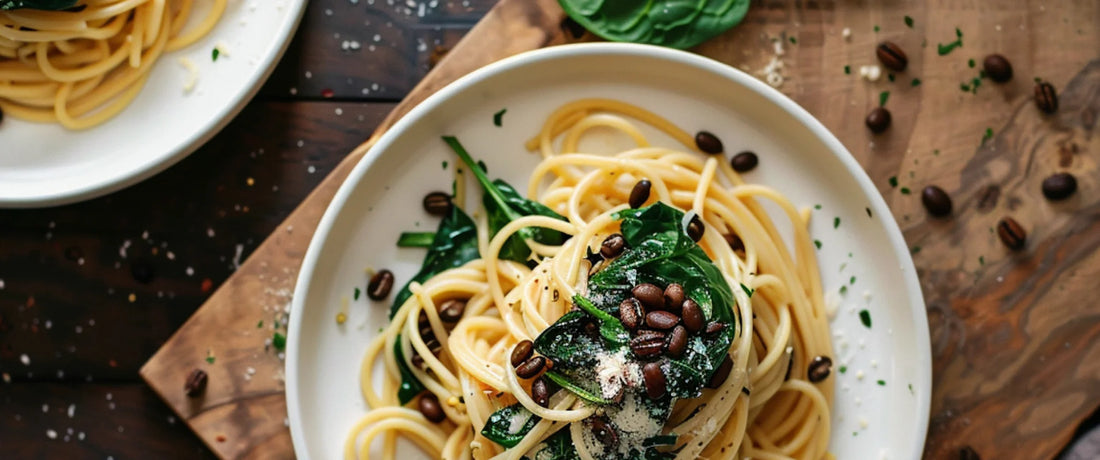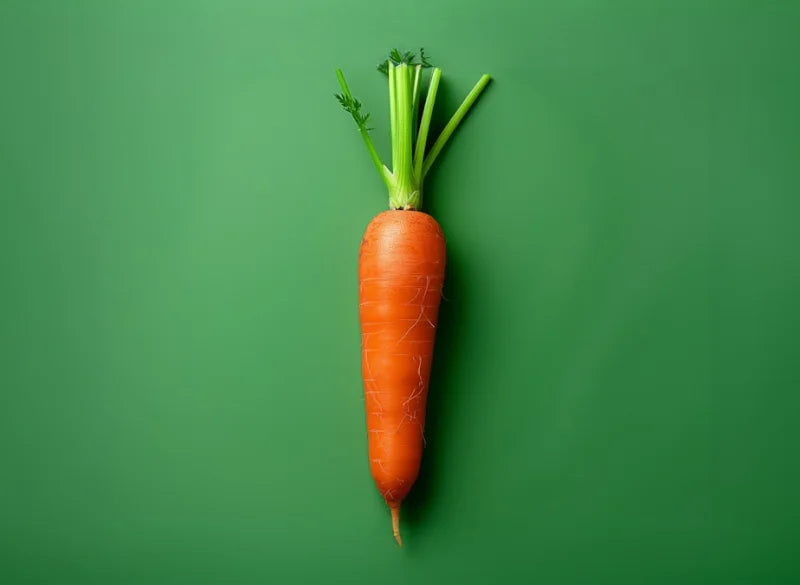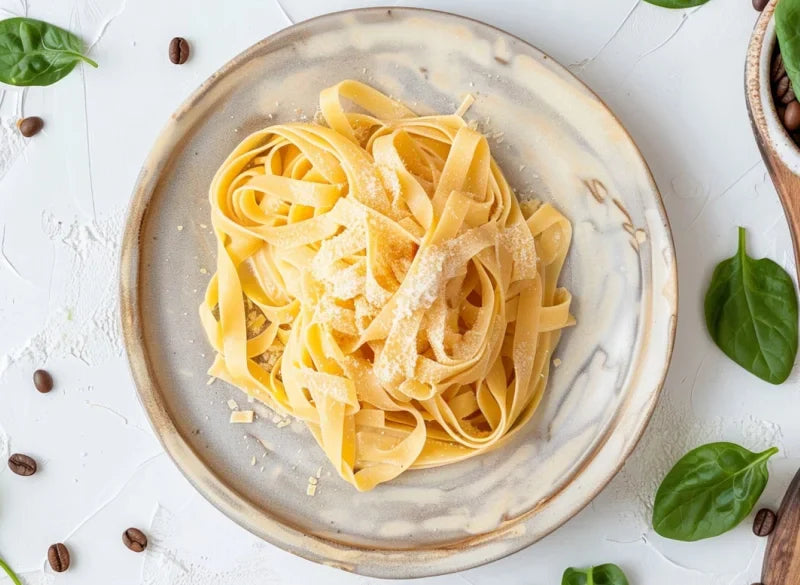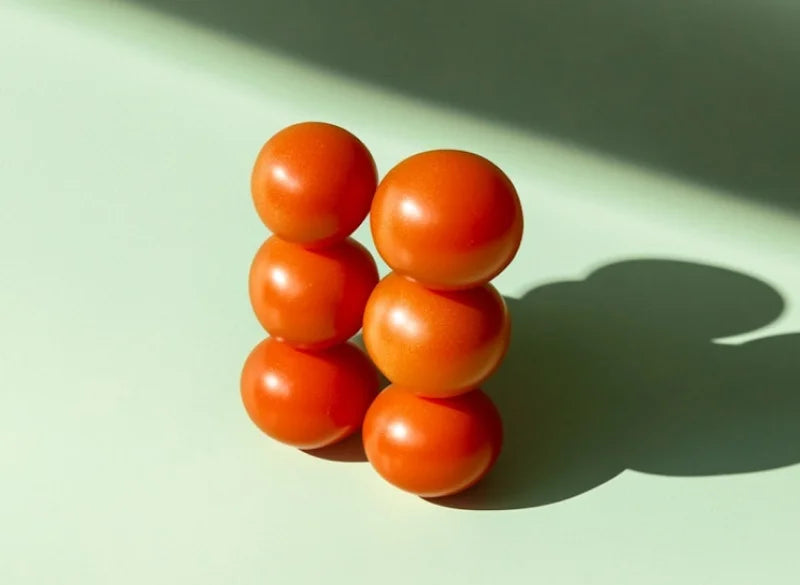1. What is Kohlrabi?
Kohlrabi, often called “German turnip,” is a lesser-known but highly nutritious vegetable that belongs to the cabbage family. Its distinctive purple or green bulbous stem and crunchy texture make it both an interesting and versatile addition to many dishes. Kohlrabi’s mild, slightly sweet, and peppery flavor is enjoyable raw or cooked.
2. Nutritional Profile and Health Benefits
Kohlrabi is packed with vitamins C and B6, potassium, fiber, and antioxidants. It supports immune health, digestion, and heart function. Its fiber content helps regulate blood sugar and promotes gut health, while antioxidants may help reduce inflammation and protect against certain diseases.
3. How to Prepare and Cook Kohlrabi
Kohlrabi can be eaten raw, peeled, and sliced into salads or crudités for a refreshing crunch. Cooking methods include roasting, steaming, or stir-frying, which mellow its flavor and soften the texture. It can also be mashed or pureed as a unique alternative to potatoes, or added to soups and stews for added nutrition.
4. Incorporating Kohlrabi into Everyday Meals
Try kohlrabi slaw with cabbage and carrots dressed in a tangy vinaigrette, roasted kohlrabi wedges with herbs, or kohlrabi noodles as a low-carb pasta substitute. Its subtle flavor pairs well with bold spices, lemon, garlic, and creamy sauces, making it adaptable to many cuisines.
5. Growing and Storing Kohlrabi
Kohlrabi is a cool-weather vegetable that grows well in home gardens and is harvested when bulbs reach the size of a baseball. Store kohlrabi in the refrigerator wrapped in plastic for up to two weeks. The greens are also edible and nutritious, perfect for sautéing or adding to soups.


